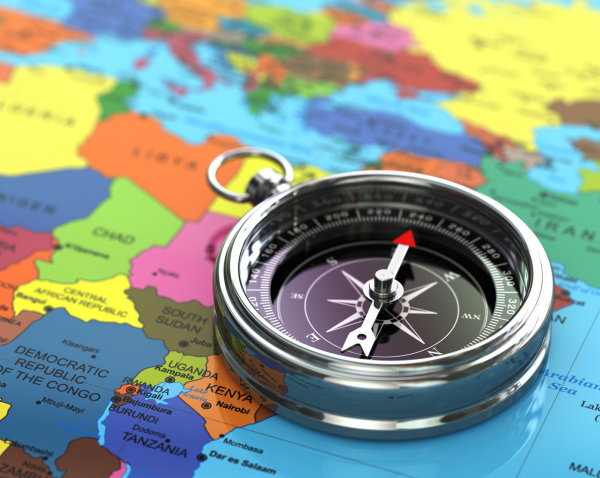The latest report on health expenditure from the OECD shows how difficult it is to compare spending across countries.
Overall spending on health in Australia represents 9.6 per cent of gross domestic product, putting it above the OECD average of 9 per cent, but looking behind the numbers reveals differences in how data is collected and the operation of national health systems.
On total health expenditure as a percentage of gross domestic product, Australia is ahead of comparable countries like Italy, Korea, New Zealand, Portugal and Spain, and around the same level as the UK.
Yet Australia is behind many other comparable countries, like Austria, Belgium, Canada, Denmark, France, Germany, Japan, Netherlands, Norway, Sweden, Switzerland and the US, which leads the way on 17.2 per cent.
The OECD average of 9 per cent is held down by the impact of comparatively low spending in many OECD countries, including those in eastern Europe, a situation that also applies to actual spending per capita. At US$4,708, Australia is ahead of the OECD average of US$4,003, but remains below most of the countries seen as comparable, including Canada and those in western and northern Europe.
Consumer out-of-pocket spending on health in Australia, at 19.6 per cent of total health expenditure, is below the OECD average of 20.3 per cent. Yet, once again, Australia is above most of the countries it would see as comparable, notably those in western and northern Europe, in some cases significantly above, but below countries in eastern Europe and South America. The overall OECD average is heavily impacted by very high consumer out-of-pocket spending in eastern Europe and South America.
The implication is that out-of-pocket spending on health in Australia is comparatively high. However, that assumes all countries are measuring and including the same thing.
Recent reports from the Australian Institute of Health and Welfare have revealed a significant proportion of consumer out-of-pocket spending on health, and the majority of recent growth, has been driven by unsubsidised over-the-counter and complementary medicines.
Australia spent 14.4 per cent of total health expenditure on pharmaceuticals, below the OECD average of 16.2 per cent, a result that was difficult to assess because of the lack of any obvious pattern across the regions.
Western European countries reported a significant variation in spending on pharmaceuticals, ranging from just 6.8 per cent in Denmark to 14.7 per cent in France, putting Australia comfortably ahead of many comparable countries.
One factor could be what is included in the measure of 'pharmaceuticals'. The Australian data is taken from the Australian Institute of Health and Welfare, which classifies pharmaceuticals as prescription medicines and all other medicines, including over-the-counter and complementary medicines. The extent to which other countries include these non-prescription medicines remains unclear.
